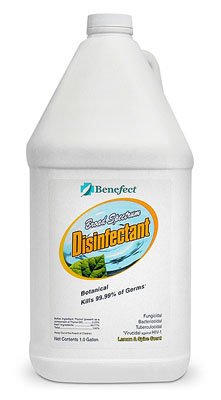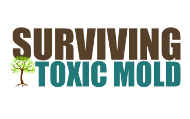|
What is Candida and what does it have to do with Toxic Mold Exposure? Candida is a yeast-type of fungus. In healthy individuals small amounts of this fungus live in your mouth as well as your intestines. The main purpose for Candida in the body is to assist with your digestion process and nutrient absorption however, when Candida yeast multiplies more than it should it actually starts to break down the walls of your intestines and then will cross over into the bloodstream where it begins to release toxic byproducts into the rest of your body thus causing "leaky gut syndrome". Leaky gut causes many many different heath problems from digestive problems to even anxiety and depression.
How do you get candida overgrowth? The healthy bacteria in your gut typically keep your candida levels in check. However, several factors can cause the candida population to get out of hand:
Here are 10 common candida symptoms
How do you test for Candida overgrowth? Blood test You'll want to check your levels for IgG, IgA, and IgM candida anti-bodies. These can be checked through almost any lab. High levels indicate an overgrowth of candida. I find in my clinic that these can often be negative even when the stool or urine test is positive.
Stool testing I find this to be the most accurate test available. This will check for candida in your colon or lower intestines. The lab can usually determine the species of yeast as well as which treatment will be affective. (Note: be sure that your doctor orders a comprehensive stool test rather than the standard stool test.)
Urine Organix Dysbiosis Test This test detects a waste product of Candida yeast overgrowth known as D-Arabinitol. An elevated test means an overgrowth of candida. This test will determine if there is candida in your upper gut or small intestines.
How do you treat candida overgrowth? Effectively treating candida involves stopping the yeast overgrowth, restoring the friendly bacteria that often keep them in check, and healing your gut so that candida can no longer enter your bloodstream. Getting rid of the candida overgrowth primarily requires a change in diet to a low carbohydrate diet. Sugar is what feeds yeast, so eliminating sugar in all of its simple forms like candy, desserts, alcohol and flours. And reducing to only one cup a day of the more complex carbohydrates such as grains, beans, fruit, bread, pasta, and potatoes will prevent the Candida from growing and eventually cause it to die. I would recommend eliminating all fermented foods as well. Using diet alone could take three to six months before the candida is back under control. Because of this I use an anti fungal medication such as Diflucan or Nyastatin for a month or longer with my patients. If you are self-treating you can take a supplement of caprylic acid. Caprylic Acid comes from coconut oil and basically "pokes holes" in the yeast cell wall, causing it to die. You may read that some people recommend herbs such as oil of oregano. Oil of oregano can be very effective, but it can also kill good bacteria so I don't recommend it. The anti-fungal medications and caprylic acid are very specific to yeast and will not harm your good bacteria. It's a must to restore the healthy bacteria that typically keep your candida population under control, you should take probiotics on a regular basis. Taking anywhere from 25 to 100 billion units of probiotics should help to reduce the Candida levels and restore your levels of good bacteria. Finally, healing your gut by eliminating inflammatory foods that can harm your GI tract and introducing foods that aid in digestion and nutrient absorption, will prevent candida from working its way through your body, and will dramatically improve your overall health. If you would like to find out for sure if you have candida overgrowth, consider seeing a functional medicine doctor who is trained in detecting and treating candida. Amy Myers, MD is the Founder and Medical Director of Austin UltraHealth, a functional medicine practice in Austin, Texas. Dr. Myers seeks to find the root cause of illness rather than treating only the symptoms with medications. She works with children and adults from across the country who suffer from IBS, chronic fatigue, autoimmune disease, digestive disorders, hormone imbalances, and much much more. Nutrition is a large part of her practice and she believes that food is medicine! Dr. Myers has published a series of eBooks The Myers Way: Comprehensive Elimination Diet and The Myers Way: Guide To Gluten-Free Living and The Myers Way: Guide To Candida. She holds monthly nutritionist-led 21- Day Elimination Diets. Sign up for her newsletter and get a FREE eBook of her 12 favorite gluten-free and dairy-free recipes.
|
|
|






